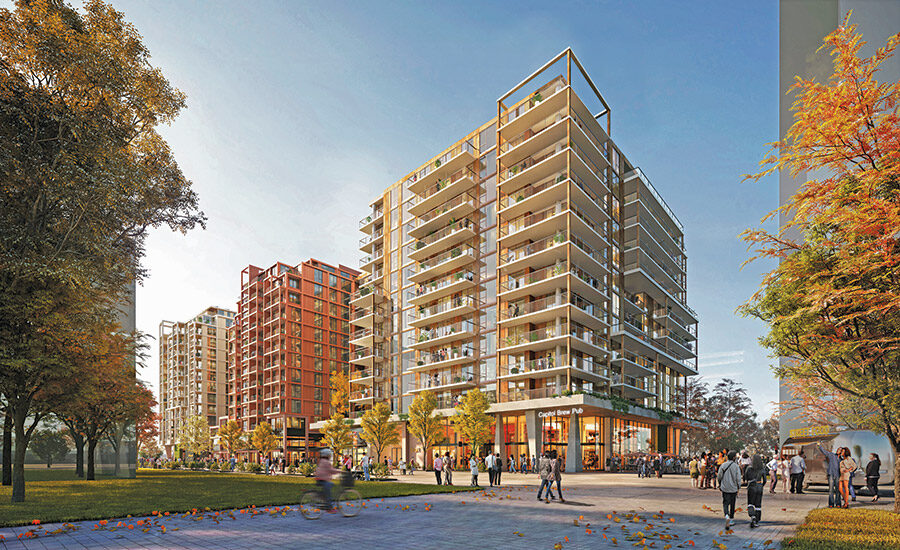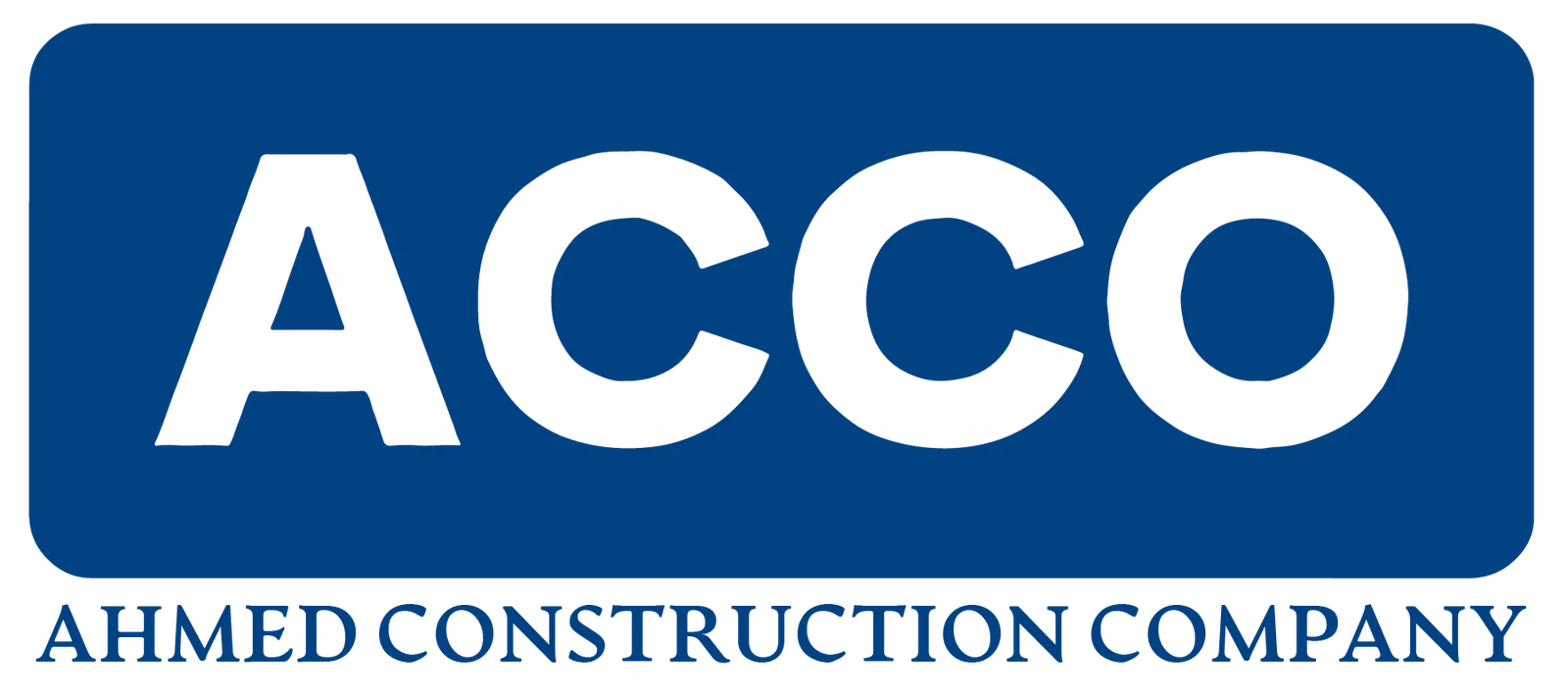
West Coast Firm Finds Solid Footing in D.C. Area
ZGF by the Numbers:
45 – Number of accredited staff
54 – Number of licensed architects
$13.26 million – East region government/public building revenue
$15.2 million – Washington, D.C., revenue
$21.41 million – East region R&D facilities revenue
$26.64 million – Maryland revenue
$213.83 million – Global revenue
Guided by a commitment to sustainability, ZGF Architects’ work has made a significant impact on the MidAtlantic region in recent years.
This year, ZGF will unveil Phase 1 of the 750,000-sq-ft Bridge District in Washington, D.C., which aims to be the world’s largest Living Future zero carbon multifamily building. That project follows the success of Phase 1 of Amazon’s HQ2 project in Arlington, Va., which created 2.1 million sq ft of office, retail and public park space and is the largest LEED Platinum v4 building in the world.
Those achievements helped propel steady regional growth for the Seattle-based firm ranked 62nd on the ENR East Top Design Firms ranking with $63.92 million in revenue. Last year, the firm’s MidAtlantic revenue jumped 16% to $57.83 million from $49.81 million. In light of its success, ENR has named ZGF its 2025 MidAtlantic Design Firm of the Year. Tim Williams, a partner, discussed the firm’s progress with ENR. This Q&A has been edited and condensed.
What drives ZGF’s MidAtlantic growth?
We’ve been incredibly lucky in winning really important work, and that work is related sometimes to long-standing partnerships with folks across the country. If you think of HQ2, our relationship with Amazon really began in Seattle. At that moment in time, the economy was great and we were able to stay consistent with the market, with some of the development in D.C. We were very successful in design-build, adapting and building relationships with some of our construction partners locally. That fed into some design-build work that gave us incredible experience in sophisticated lab spaces. Between the high-tech office space, science and tech doing quite well and relationships we worked to nurture with our construction partners, that led to additional success at universities, and we transferred some of the experience we had from the West Coast. So it’s leveraging the work that we do across the firm and bringing it full measure here in the MidAtlantic.
What impact has your expertise in sustainability had on that regional growth?
We bring a focus on sustainability that was not quite as strong in the MidAtlantic 10 years ago. That story of sustainability—knowing how to do it and the commitment to doing it—seems to have resonated with a lot of our clients, and has been one reason we got the [Bridge District] project. [The developer] knew we could design differently than perhaps a number of the other typical designers. What I love about the Amazon project is that we received a 25% carbon reduction. When we came to the Bridge District, we were able to get 37% reduced carbon. So we built on the strength of what we had done.
ZGF Recent Projects at a Glance:
Amazon/JBG Smith, Metropolitan Park, Arlington, Va.
Phase 1 of Amazon’s HQ2 established 2.1 million sq ft of office, retail and public park space across 6.2 acres and is the largest LEED Platinum v4 building constructed in the world. An underused green area was transformed into a 2-acre park for the neighborhood. Protected bike lanes and intersections will be the first in Arlington County. The project will have 100% renewable energy use by 2030—with buildings powered by 100% offsite renewable energy—and include onsite strategies to cut energy and water use.
Redbrick LMD / Phase 1 of the Bridge District, Washington, D.C.
Phase 1 of the Bridge District will serve as the cornerstone of future development. The mixed-use building will bring 750,000 sq ft of market-rate and affordable housing and 42,000 sq ft of community-serving retail to the city’s Ward 8. Located on previously undeveloped land at the foot of the Frederick Douglass Bridge, the Bridge District will connect the established Capitol Riverfront neighborhood with communities south and east of the Anacostia River. The Bridge District’s holistic design emphasizes sustainability and decarbonization. With a focus on reducing both operational and embodied carbon, the project is on track to become the world’s largest Living Future zero-carbon multifamily residential building and the first in the D.C. region.
What is ZGF’s outlook in the region?

“We’ve been incredibly lucky in winning really important work, and that work is related sometimes to long-standing partnerships with folks across the country.”
—Tim Williams, Partner, ZGF Architects
At the moment, we are seeing some of the traditional paths or strengths that we bring being challenged in the current climate. With our focus on science and tech facilities, which are often built by universities, that certainly is in a slightly different place than it was. So we’re seeing that cool off a little bit. High-tech office space is actually remarkably active at the moment, so that’s filling in a little bit. I see a plateau of our activity rather than growth because certain markets are a little more challenged under the current political climate and others are [active].
How does ZGF work to connect with communities in the region?
Each ZGF office wants to engage in its community. That’s the way we can become great members of our community. In Washington, D.C., for example, we’ve worked with the DC Central Kitchen for a number of years to find a new home. We were then incredibly pleased to be able to support the improvement of their new home. We have an MS Bike Ride team. It’s something that we began in Seattle, and we’ve been doing it for maybe 10 or 15 years. We’ve raised more than half a million dollars for [multiple sclerosis research] across the firm, but we have a local ride here that we participate in. We invite not just family and friends of ZGF, but also clients, contracting partners and engineering support folks. It’s an opportunity for us to get to know all our players on our projects in a different way and scale. We love doing that.
How are you recruiting talent in the region?
We are always looking and would always make strategic hires for the right talent. We always look for emerging talent, so we have a robust summer intern program and a number of commitments, whether it’s HBCUs or the University of Cincinnati. They have a great program. We do that actively, and we’re not going to stop doing those things because that is the pipeline for the future.
Post a Comment
You must be logged in to post a comment.





